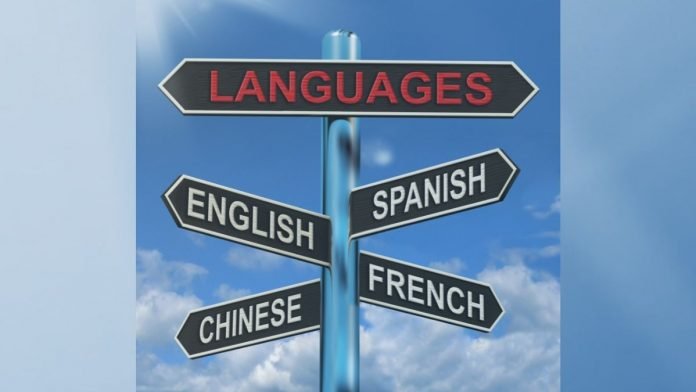Bilingual education refers to the teaching of academic content in two languages. Usually the student’s native language and a secondary language. It also includes the use of varying amounts of each language in the classroom. But, this depends on the model of the educational program.
For example, a bilingual education program may teach English and Spanish, or both. Some schools teach the same academic content in both languages. Others have both English and Spanish classes for students.
What is the Goal of Bilingual Education Programs?
The goals of a bilingual education program are to increase the student’s cultural awareness and self-confidence.
While research shows that bilingual education promotes student learning of two languages. There are many questions about its effectiveness. Prompting a significant amount of controversy surrounding the benefits of bilingual education programs.
Some argue that it doesn’t enhance student achievement. While others argue that it has little impact. However, many advocates are not convinced of the benefits of the program. There is debate over the effectiveness of this program that continues. If a student is taught in more than one language, will they do better? The question remains.
How Does Bilingual Education Work?
If using bilingual education to educate, students must have exposure to both languages.
Throughout childhood, children will learn English and their native language simultaneously. Typically, they will begin to read in the second language when they reach the age of maturity. As they progress, they will begin to use both languages to communicate with other people. Once they learn their first language, they will eventually learn the other.
Some teachers might opt for the French or Spanish-English model. Others may choose to implement a bilingual program. The best way to choose the best model is to research different types of programs. Then decide which ones will suit your situation and your child.
Bilingual Education Problems
Bilingual education is not without its flaws. In some cases, students do not graduate fully bilingual. There is still room for improvement. However, teachers can do everything possible to improve student performance. In other cases, the language of instruction is the only variable that determines success.
While bilingualism is beneficial for native English speakers. It can be disadvantageous for indigenous groups. In these cases, bilingualism can be detrimental for minority populations. Dual language could be difficult for those who don’t understand the primary language. For example, in an English-speaking country, a student may learn in their native tongue. But they will likely only learn better when exposed to the language in their daily lives.
Benefits of Bilingual Education
Why bilingual education is important? There are numerous benefits to being bilingual. In addition to a higher level of literacy. Bilingual students will have an edge over their monolingual peers. Bilingualism improves your social and academic lives. It also gives you a stronger foundation for learning additional languages. Students will become better communicators and will have a wider range of vocabulary.
Studies have shown that bilingual education is highly effective. Moreover, the benefits of bilingual education are many. It fosters academic proficiency in the native language and heritage language. While simultaneously promoting multiculturalism, dignity, and spirit. It also allows for the expansion of future language programs. Therefore, it’s important to consider the effectiveness of your program and make a well-informed decision. A good teacher is essential for the development of a student’s future.
Bilingual education is also beneficial for language minorities. Besides providing students with academic content in both languages, it also gives them an essential skill. The ability to communicate effectively with people from different cultures and backgrounds. In addition, they can increase their incomes and improve their social status. So, a bilingual education program can help students become exceptional workers.
How Successful Have Bilingual Education Programs Been?
Bilingual education programs promote linguistic fluency and are preambles to mainstream education. It’s not enough to offer a bilingual program to students. Both the language and the educational environment must be conducive to learning.
The success of bilingual programs depends on the quality of their design. As well as the implementation of the educational program. It also depends on having good teachers.




